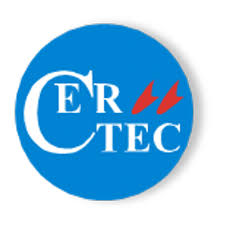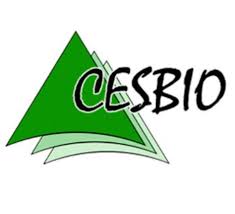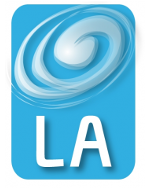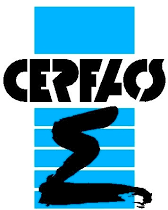Presentation:
3DFireLab is funded by a fellowship of the Marie Skłodowska-Curie Actions (MSCA) from the H2020 Research program developed by the European Union.
Ronan Paugam was awarded this fellowship at the 2019 MSCA call to set up the project at CERTEC, an institution of the University Politecnia de Calatunia (UPC) led by Dr Elsa Pastor and Prof Eulalia Planas. French institution from Toulouse in France are also involved, namely, CERFACS and two labs (CESBIO and LA) from the university Paul Sabatier (UPS). (see partners list below)
3DfireLab aims to develop a simulation strategy to create a 3D virtual fire lab that can model
radiative transfer in open landscape scale vegetation fire. The end objective is to help improving fire monitoring Earth Observation (EO) products.
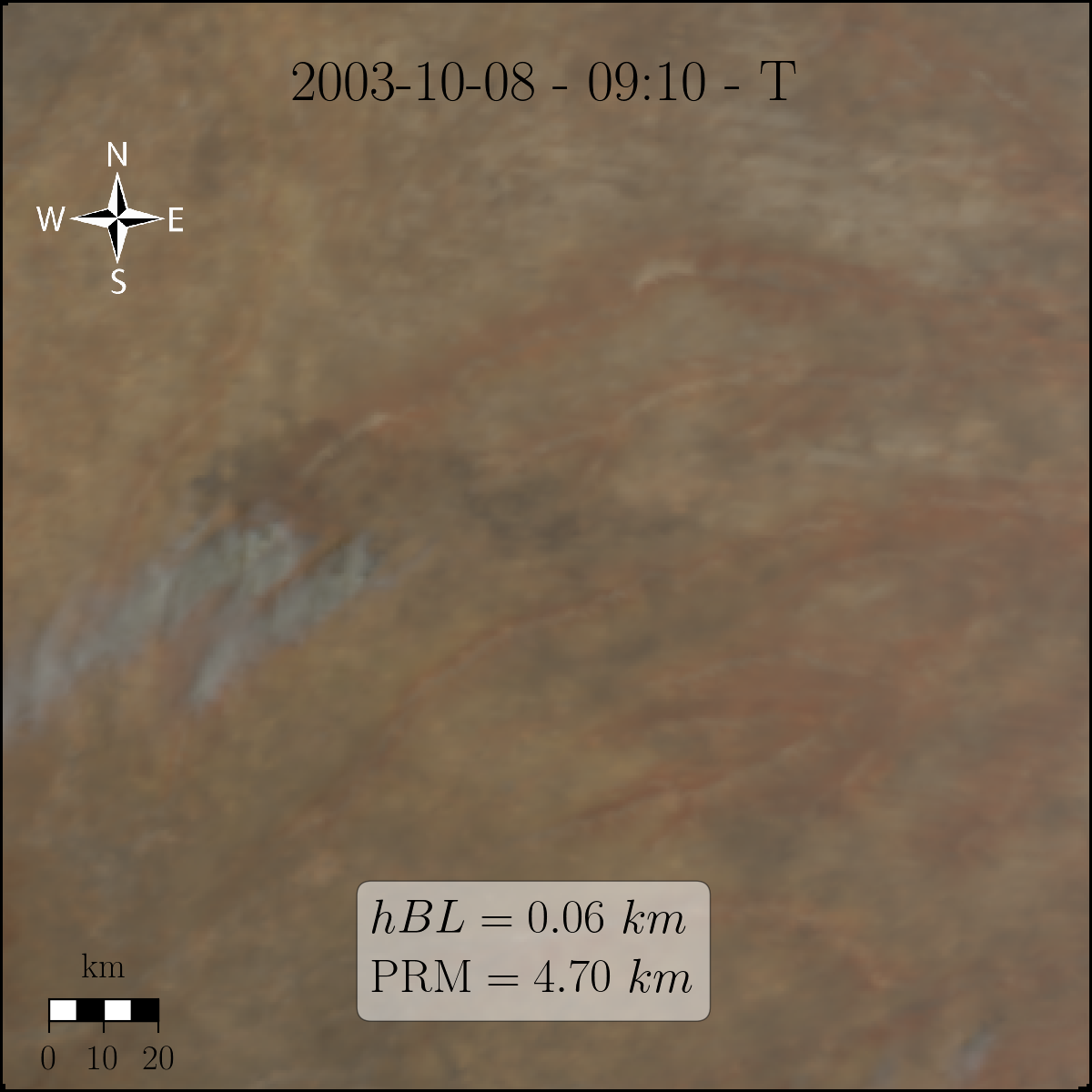
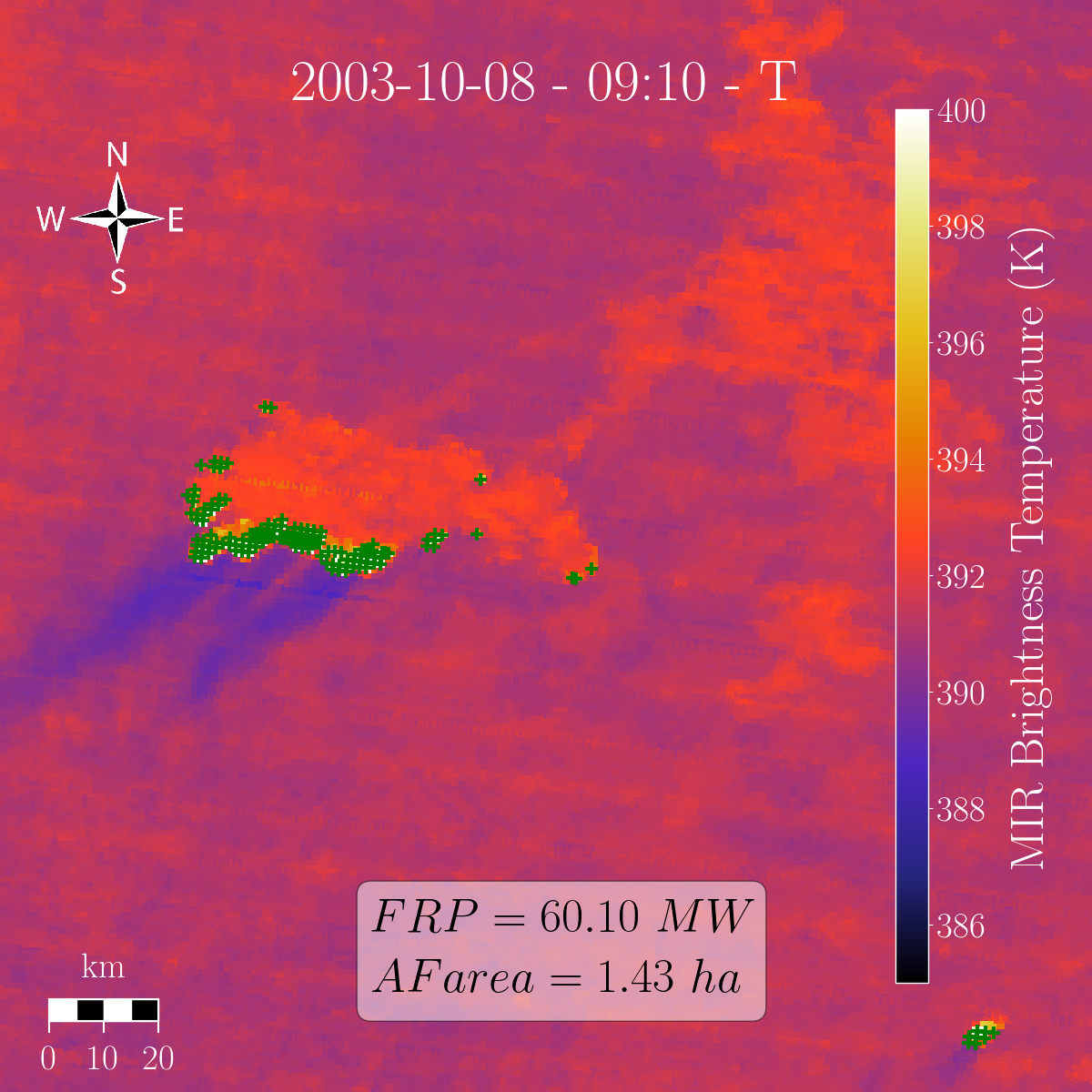 Example of a fire observed by MODIS Terra over Botswana on the 8th of Oct 2003. Images show the true color composite image derived form MODIS RGB bands and the Middle Infra Red (MIR) band (3.9 mu). The green crosses on the later image show the fire hot spot detected by MODIS fire product. Also reported on the image are fire activity information estimated from EO products: plume height derived from PRM (Plume Rise Model), Fire Radiative Power (FRP), and Active Fire Aera (AFarea). See Paugam et al. 2015 for more info on these products.
Example of a fire observed by MODIS Terra over Botswana on the 8th of Oct 2003. Images show the true color composite image derived form MODIS RGB bands and the Middle Infra Red (MIR) band (3.9 mu). The green crosses on the later image show the fire hot spot detected by MODIS fire product. Also reported on the image are fire activity information estimated from EO products: plume height derived from PRM (Plume Rise Model), Fire Radiative Power (FRP), and Active Fire Aera (AFarea). See Paugam et al. 2015 for more info on these products.
3DfireLab builds on an initial system designed by Ronan Paugam during a previous
European Space Agency project (run at Kings College London with Prof Martin Wooster), and the coupling of models of fire spread, atmospherics dynamics and radiative transfer
developed by partners.
It takes opportunity of (a) the wide experience of CERTEC in fire monitoring and modeling, (b) recent efforts to improve atmospheric representation in radiative transfer model (CESBIO), fire effects in atmospheric model (LA), Machine Learning application in fire observation (CERFACS) and (c) Ronan’s experience in the fire remote sensing community.
Fire disturbance is parameterized in large scale atmospheric modeling (e.g. forecast model) via emission inventory based on EO products. A well-established approach is to use the Fire Radiative Power product (FRP) to estimate total fire energy emission and infer the associated fuel mass consumption and trace gas emission. So far, the conversion from emissive radiative energy to mass consumption is based on a linear relationship that has only been demonstrated for small scale fire
and little evidence are currently present to validate it in the context of large-scale fire scenario.
The simulation strategy proposed in 3DFireLab aims to setup a tool able to study energy transfer in large-scale fires that will help us understand the roles of the flames and the plume to eventually evaluate their sensitivity in the fire emission FRP retrievals.
While project results have potential high application in the atmospheric community, the training organized with the host and the two partners will provide a wide range of expertise in atmospheric dynamics, radiative transfer, image processing, fire modeling, data science that will enrich partners activities in fire science.
Reference
- Paugam, R., Wooster, M., Atherton, J., Freitas, S. R., Schultz, M. G., and Kaiser, J. W.: Development and optimization of a wildfire plume rise model based on remote sensing data inputs -Part 2, Atmos. Chem. Phys. Discuss., 15, 9815-9895, doi:10.5194/acpd-15-9815-2015, 2015.
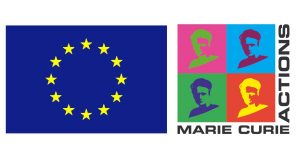 3DFireLab has received funding from the European Union’s Horizon 2020 research and innovation program under
the Marie Skłodowska-Curie agreement, grant H2020-MSCA-IF-2019-892463.
3DFireLab has received funding from the European Union’s Horizon 2020 research and innovation program under
the Marie Skłodowska-Curie agreement, grant H2020-MSCA-IF-2019-892463.
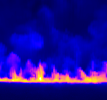




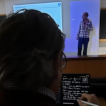

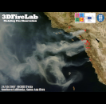
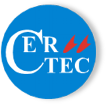

 Example of a fire observed by
Example of a fire observed by 